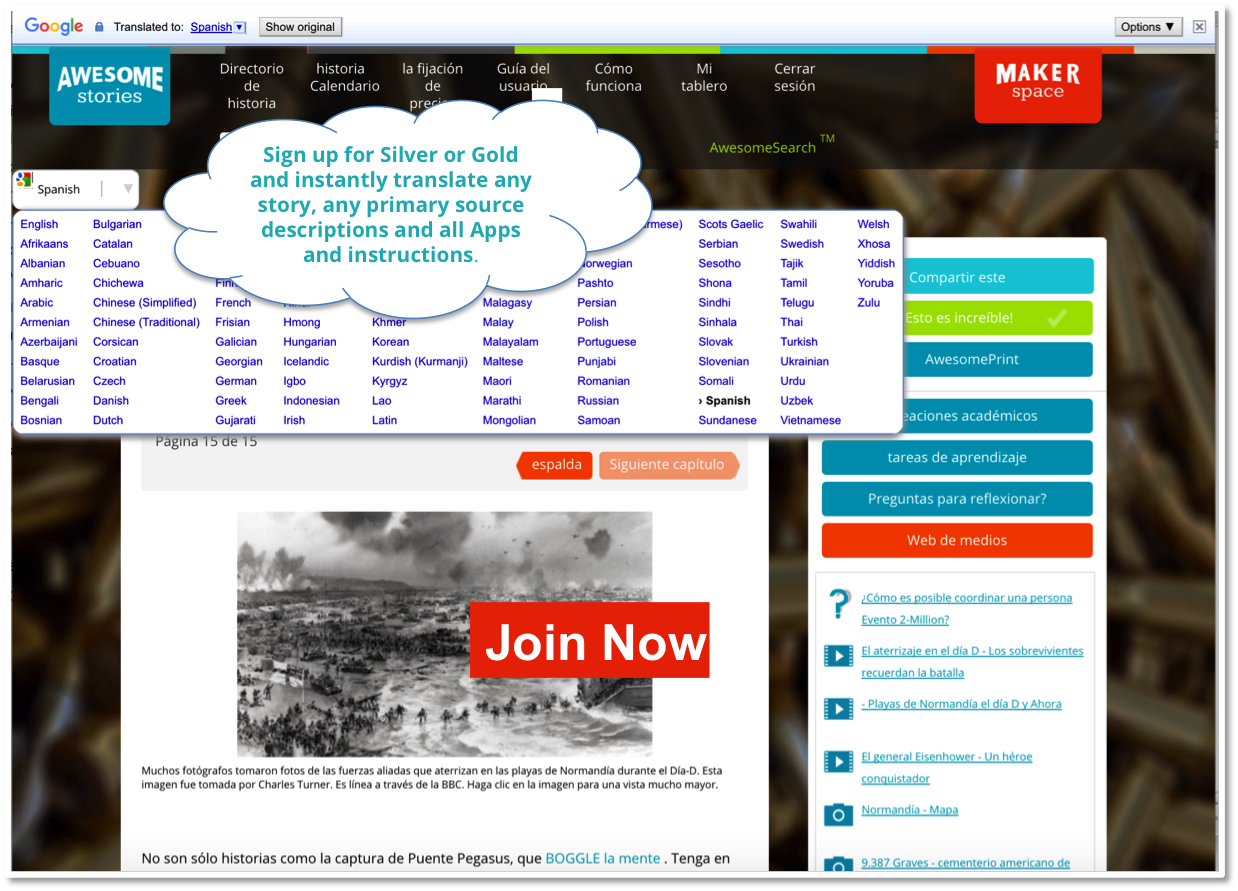The following errors have occurred:
- Please login or signup for a membership to continue enjoying the free trial of AwesomeStories. This is a necessary step to help us communicate new features and stories to our members. Thank you!
Jack Swigert, seen here at breakfast on launch-day morning - the 11th of April, 1970 - had replaced Ken Mattingly as Command Module Pilot three days before the scheduled lift-off of Apollo 13.
Although he didn't get them, Mattingly had been exposed to the measles not-long before his scheduled departure aboard Apollo 13. The last thing the crew needed was for one (or all) of the men to "come down with the measles" while they were on their trip to the Moon.
As it happened, it was very fortunate that Mattingly had been left behind as his colleagues blasted-off the launch pad. When the mission ran into serious trouble, Mattingly was able to help craft a solution to get his friends safely back home.
NASA provides a brief biographical summary of Swigert (who died of bone cancer in 1982):0
PERSONAL DATA: Born in Denver, Colorado, on August 30, 1931. Single. Died December 27, 1982, of cancer.
EDUCATION: Attended Blessed Sacrament School; Regis High School, and East High School in Denver, Colorado; received a Bachelor of Science degree in Mechanical Engineering from the University of Colorado in 1953, a Master of Science degree in Aerospace Science from the Rensselaer Polytechnic Institute in 1965, and a Master of Business Administration degree from the University of Hartford in 1967; and presented an Honorary Doctorate of Science degree from American International College in 1970, and an Honorary Doctorate of Laws degree from Western State University in 1970, and an honorary Doctorate of Science from Western Michigan University in 1970.
ORGANIZATIONS: Fellow of the American Astronautical Society; Associate Fellow of the Society of Experimental Test Pilots and the American Institute of Aeronautics and Astronautics; and member of the Quiet Birdmen, Phi Gamma Delta, Pi Tau Sigma, and Sigma Tau.
SPECIAL HONORS: Presented the Presidential Medal for Freedom in 1970 and the NASA Distinguished Service Medal; Co-recipient of the American Astronautical Society Flight Achievement Award for 1970, the AIAA Haley Astronautics Award for 1971, and the AIAA Octave Chunute Award for 1966 (for his participation in demonstrating the Rogallo Wing as a feasible land landing system for returning space vehicles and astronauts); and recipient of Colorado University's Distinguished Alumnus Award in 1970, the City of New York Gold Medal in 1970, the City of Houston Medal for Valor in 1970, the City of Chicago Gold Medal in 1970; and the Antonian Gold Medal in 1972.
EXPERIENCE: Swigert held a position as engineering test pilot for North American Aviation, Inc., before joining NASA. He was also an engineering test pilot for Pratt and Whitney from 1957 to 1964.
He served with the Air Force from 1953 to 1956 and, upon graduation from the Pilot Training Program and Gunnery School at Nellis Air Force Base, Nevada, was assigned as a fighter pilot in Japan and Korea. After completing his tour of active duty in the military services, he served as a jet fighter pilot with Massachusetts Air National Guard from September 1957 to March 1960 and as a member of the Connecticut Air National Guard from April 1960 to October 1965.
He logged 7,200 hours flight-which includes more than 5,725 in jet aircraft.
Mr. Swigert was one of the 19 astronauts selected by NASA in April 1966. He served as a member of the astronaut support crew for the Apollo 7 mission.
Mr. Swigert was next assigned to the Apollo 13 backup crew and subsequently called upon to replace prime crewman Thomas K. Mattingly as command module pilot. (The substitution was announced 72 hours prior to launch of the mission following Mattingly's exposure to the German measles.)Apollo 13, April 11-17, 1970, was programmed for ten days and was committed to our first landing in the hilly, upland Fra Mauro region of the moon. However, the original flight plan was modified enroute to the moon due to a failure of the Apollo 13 service module cryogenic oxygen system, which occurred at approximately 55 hours into the flight. Swigert and fellow crewmen, James A. Lovell, spacecraft commander and Fred W. Haise, lunar module pilot, working closely with Houston ground controllers, converted their lunar module "Aquarius" into a effective lifeboat. Their emergency activation and operation of lunar module systems conserved both electrical power and water in sufficient quantity to assure their safety and survival while in space and for the return to earth.
In completing his first space flight, Mr. Swigert logged a total of 142 hours, 54 minutes.
Mr. Swigert took a leave of absence from NASA in April 1973 to become Executive Director of the Committee on Science and Technology, U.S. House of Representatives.
Mr. Swigert resigned from NASA and the committee in August 1977, to enter politics. In 1979 he became Vice President of B.D.M. Corporation, Golden, Colorado. In November 1982 he was elected to the U.S. House of Representatives.He died on December 28, 1982 of bone cancer, before he could be sworn in.
Click on the image for a better view.
Media Credits
Image online, courtesy NASA.
PD




